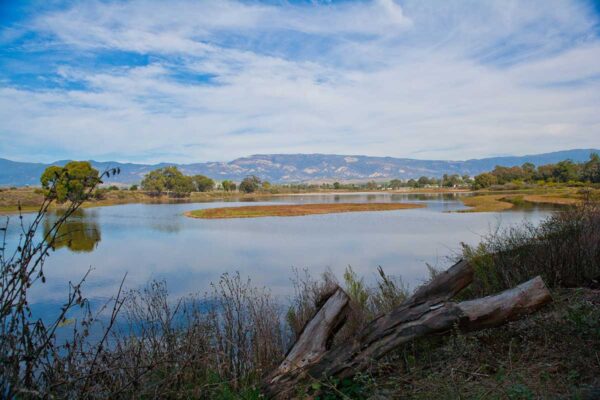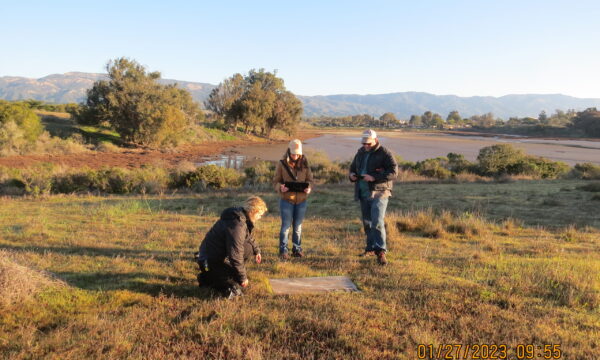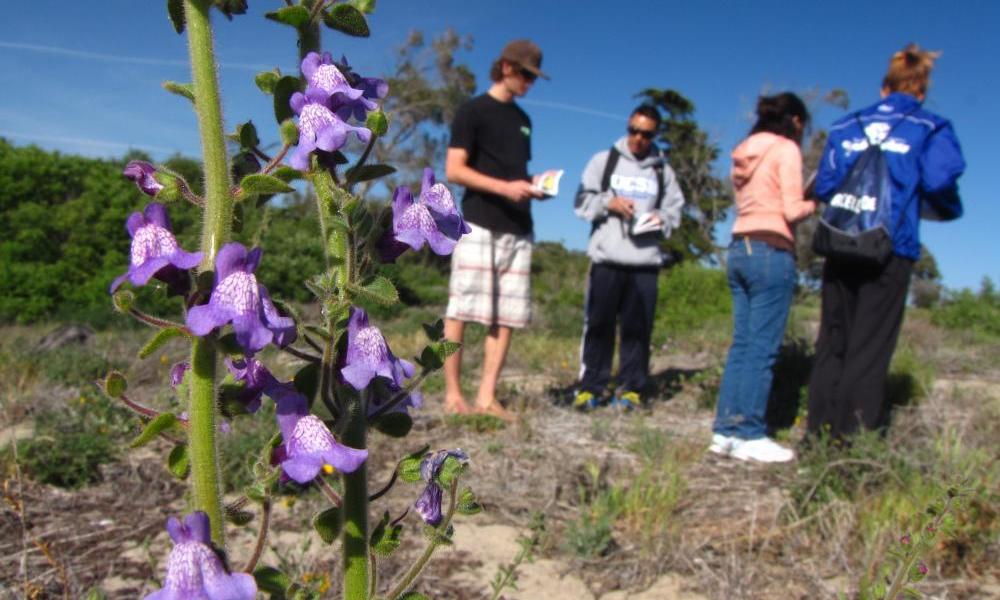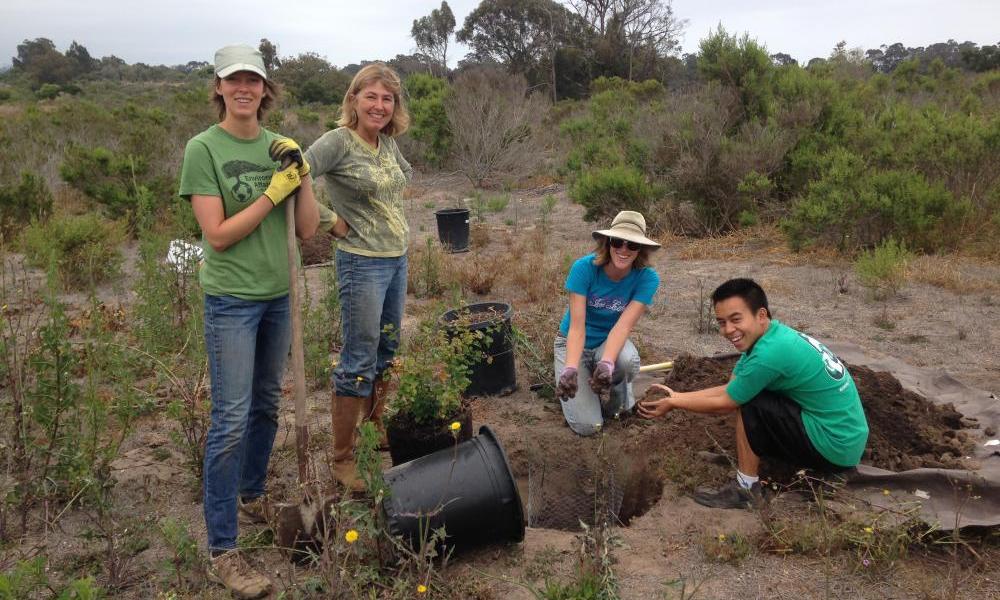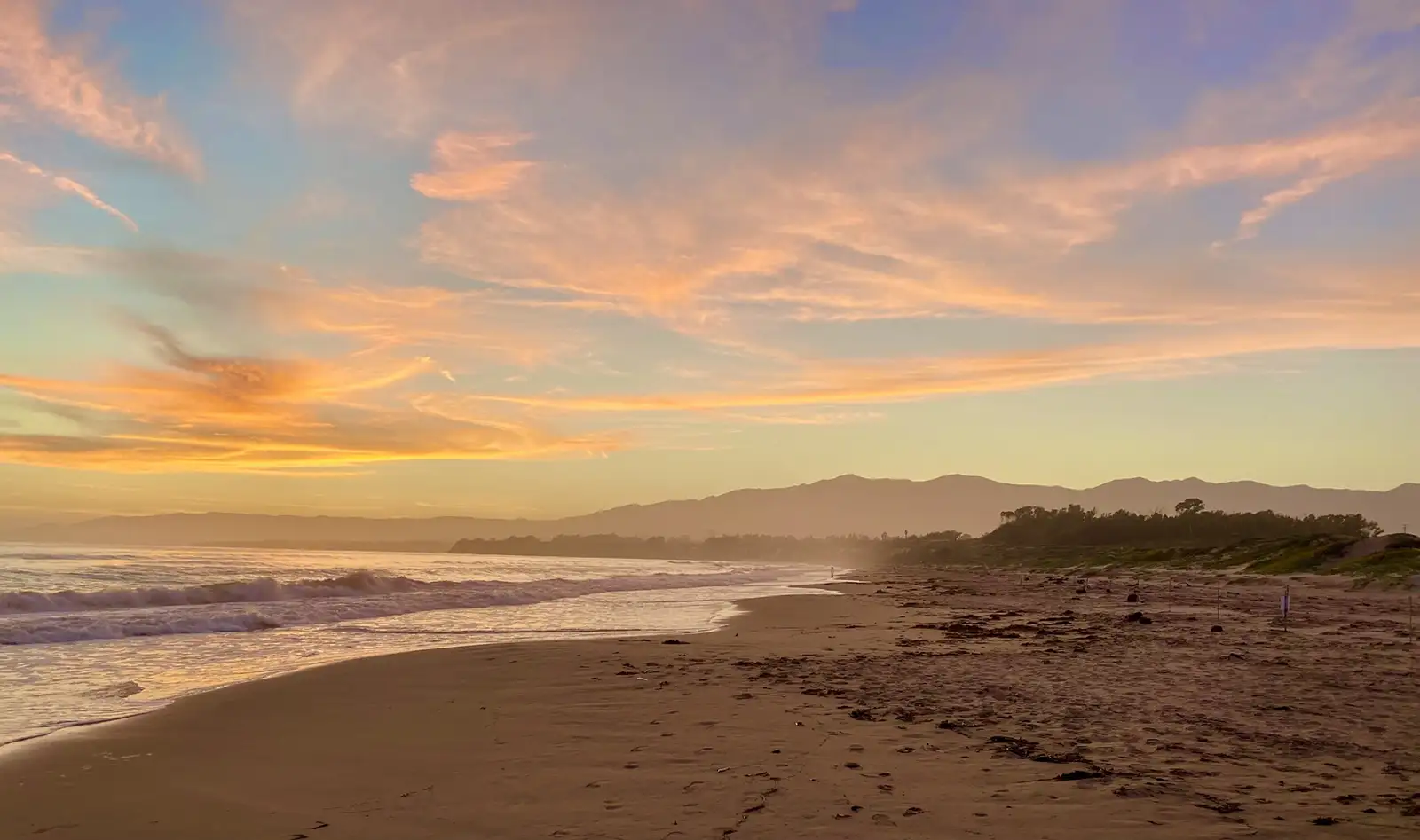
Coal Oil Point Reserve
University of California, Natural Reserve System
About
One of the best remaining examples of a coastal-strand environment in Southern California, the Coal Oil Point Natural Reserve protects a wide variety of coastal and estuarine habitats for research and education.
